Today we will be taking a look at Night of the Flag in SPECTACULAR SPIDER-MAN vol. 1 #137-138 by Gerry Conway and Sal Buscema from 1988.
In recent years, the comics industry (Marvel most notably) has suffered significant financial decline while alienating much of their readership.
http://www.comichron.com/monthlycomicssales/2017.html
While there are many factors behind the industry’s decline, a common critique from displeased fans is the overuse of incessant, heavy-handed political commentary that is constantly being railroaded into the comics.
The biggest problem with this is that the politics have taken precedence over the stories themselves. Many writers are simply using the medium as a means to express their personal political views. While there is nothing inherently wrong with that, they seem to be forgetting that there still needs to be an entertaining and engaging story surrounding the politics. If the tales themselves aren’t interesting, it can come off as political pandering and alienate long-time readers.
Despite this, political commentary in comics is not a bad thing in of itself. In fact, when done efficiently, it can even enhance a story–which brings us to today’s gem.
Our tale begins with a janitor at the Daily Bugle receiving a rather unexpected and entirely unwelcome visitor.
The Tarantula has been hunting down people who spoke out against his state’s tyrannical government and fled to America to avoid their wrath. Unsurprisingly, things don’t end well for poor Armando.
A few blocks away, our friendly neighborhood web-slinger hears the commotion and decides to investigate.
As Spider-Man ponders what he’s gotten himself mixed up in this time, the scene shifts to Mary Jane Watson-Parker’s latest modeling gig. However, things aren’t all sunshine and rainbows over there either.
This is how to properly set up a character like Elvira. Gerry Conway skillfully establishes her as a realistic human being with believable and understandable fear instead of merely using her status as an “illegal immigrant” as her defining trait. In other words, Conway remembers to write Elvira as an actual person instead of a simple prop for his own political opinions. What further strengthens the character is the fact that she actually plays a vital role in the story (as we will see) instead of being a throwaway mouthpiece for the writer’s personal views.
We then transition over to The Tarantula’s hideout located in a secret garbage scow (how fitting).
The Tarantula’s targets:
DUN-DUN-DUN!!!! Sorry, I couldn’t resist.
Getting right to it, The Tarantula and his goons soon locate their targets and give chase.
Panicking and unsure of where to turn, the Corona family takes refuge in a church. The Tarantula, however, could care less where they’ve hidden and charges in guns blazing–literally.
As Tarantula closes in for the kill, guess who arrives to save the day? Hint: his name is on the cover.
I’ll let the action speak for itself here:
After a some great fight sequences (Spidey-style) with plenty of quips to boot (also Spidey-style), The Tarantula flees once the police show up. However, it’s not exactly a happy ending for the Corona family.
The only person more upset than Spidey at this moment is The Tarantula himself for failing his mission. But fortunately for him, he is about to receive some rather unexpected backup.
Why in the world is Captain America working with scum like them? Is he brainwashed? Is he misinformed? Does he actually believe in their cause? And how is Spidey going to be able to fight both of them at the same time? Why are you asking instead of reading the story for yourself?
Despite being obvious political commentary on undocumented immigration, writer Gerry Conway is still able to craft an engaging arc. Everyone is still in character, the immigrants are written as real, believable people instead of dull caricatures, the villain is downright evil and despicable, the conflict is interesting and there is plenty of action to go around.
In short, Conway’s politics are in service of the story instead of vice-versa. If more modern Marvel writers were able to write intriguing stories around their own personal politics such as this without being consumed by their beliefs and becoming too preachy, I doubt the current fan backlash and sinking sales numbers would be as dire as they currently are.
You can track down the individual issues, or look for them in the Spider-Man: Tombstone TPB.
Whether you personally agree with the politics presented in this story or not, it’s still a darn good tale that is well worth reading at least once. In fact, I think it should be held as a template on how to use political commentary effectively in comics.

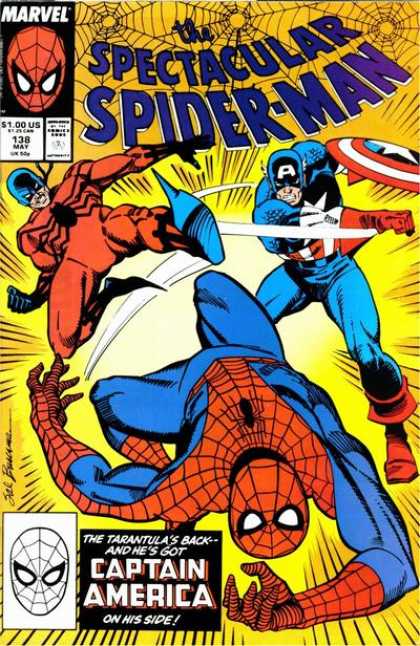

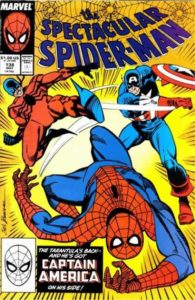
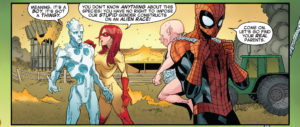
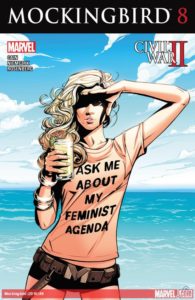






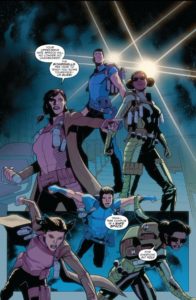



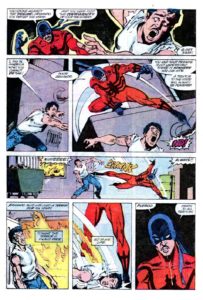
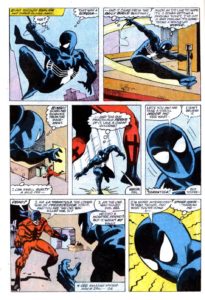



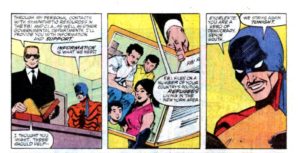



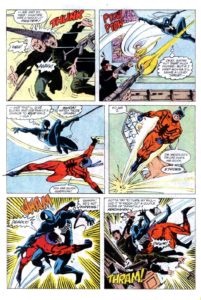

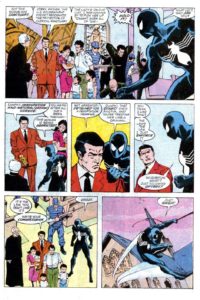


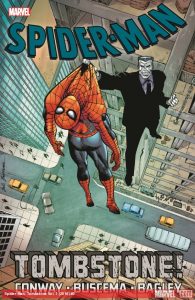
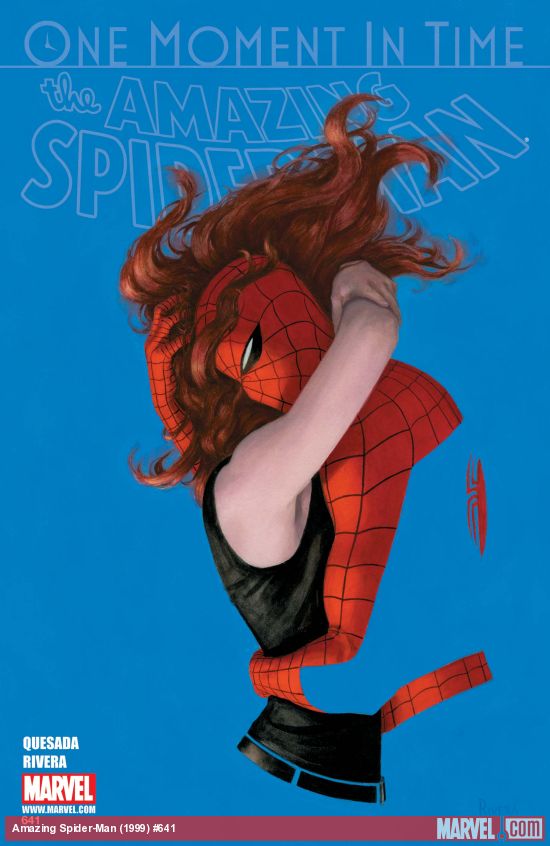
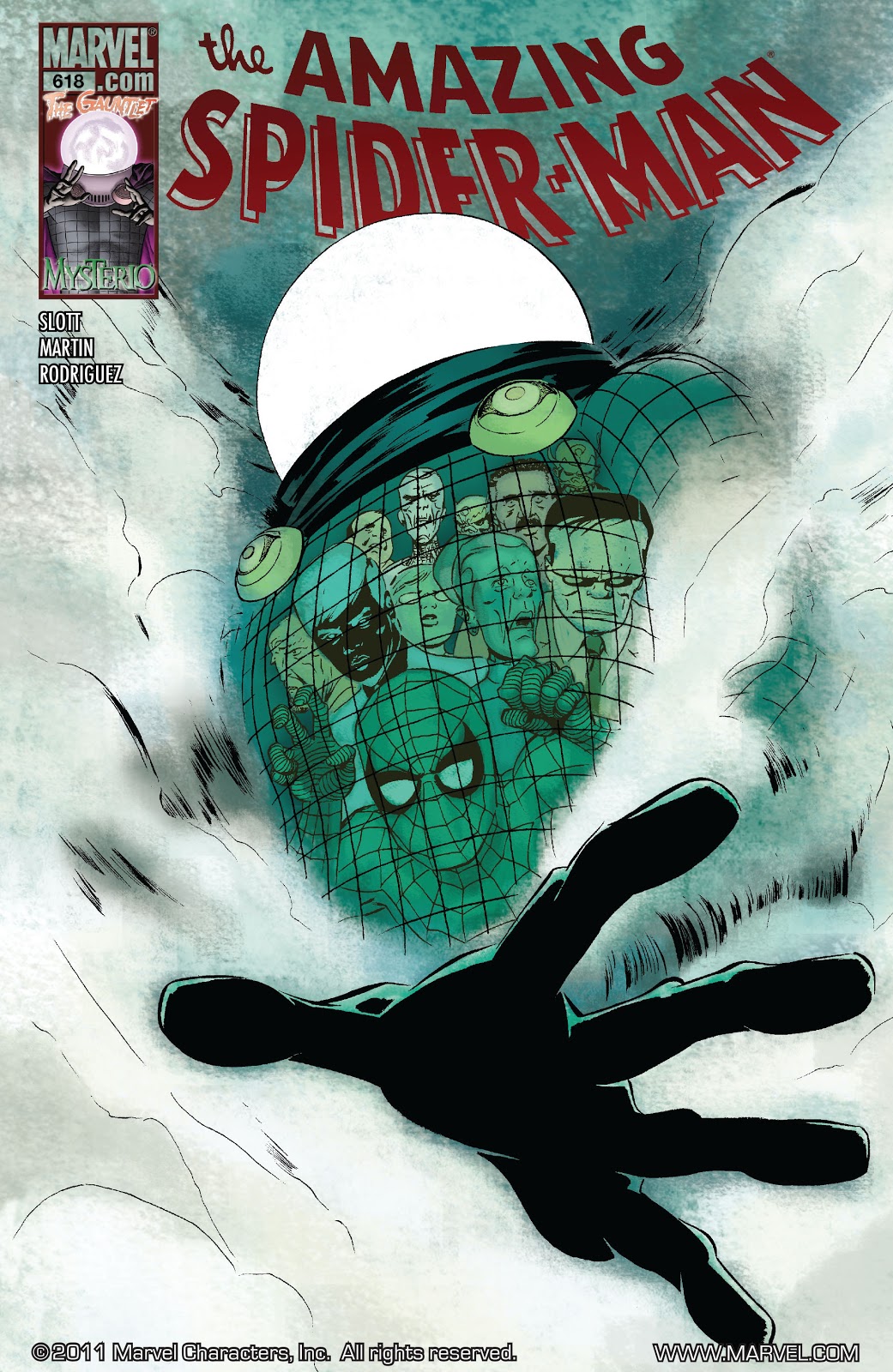
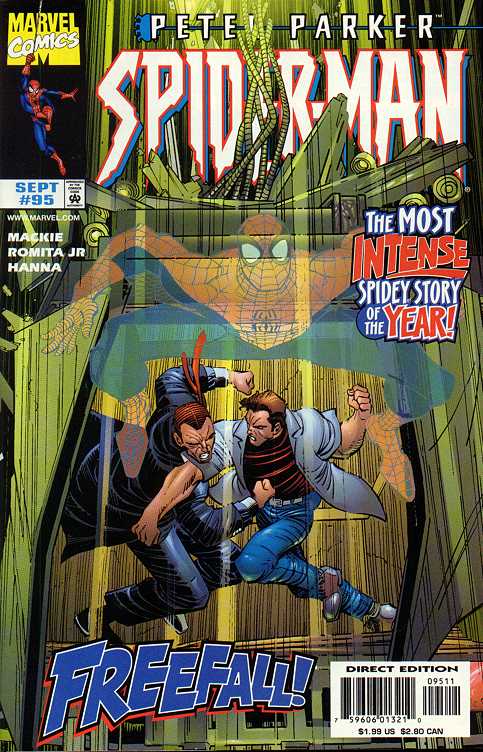





@Cheesedique
That’s another problem with politics in current comics; I feel many of them will become outdated rather quickly.
Conway wasn’t exactly unbiased in his stance with this story, but he still crafted an engaging arc nonetheless.
This two-parter I remember buying off the spinner rack as a kid and loving. Re-read it recently, first part was better than the second, but it’s still a good one. And the immigration issue is still relevant obviously.
Though even as a Liberal, I found Conway was wearing his politics a little on his sleeve with this one. Enjoyable for me just the same.
@William
That is indeed the problem: current Marvel writers are incapable of inserting political commentary without getting up on their metaphorical soapbox and preaching to everybody. It’s a huge turnoff.
I’ll concede that the politics presented in “Night of the Flag” aren’t perfect, but I stand by that Conway at least crafted an engaging story around them with solid character moments and some great action. And yes, it’s definitely leaps and bounds better than most of the schlock Marvel puts out nowadays.
Thanks for reading, William!
Geeze, I’m left wing as they come, and I still cringed like hell at some of those modern comics. No wonder we often have such a bad reputation if our views are being represented so obnoxiously.
I remember reading Night Of The Flag and while some bits were pretty preachy in my opinion, it felt far less intrusive to the story, and the issue was treated in a much more adult way, truly showing the suffering of the immigrants instead of using some feminist buzzwords and turning every character into a sanctimonious pillock. I wouldn’t say Night Of The Flag is a great story, but it still gave me much more enjoyment than anything that’s come from Marvel comics in recent years!
@Hub Pie
Very thoughtful comment, Hub Pie. I agree that the very topic of politics has become off-putting due to how sensitive and volatile people tend to get over differing viewpoints. Comic books are supposed to be an escape from that, but instead they’ve become a platform for politics during the last few years. As a result, the quality of comics has greatly declined because the current writers value their personal political beliefs over the stories themselves.
After reading this story, this highlights a key difference with how politics were handled back then and are being handled now. It feels like the writers today (at least from the Marvel side of things) don’t know how to interweave politics into a story. It feels like this is the first time they’ve ever written for anything, let alone for a comic book, and decide to ham-fist their political thoughts into the books. As a person of ethnic minority (the minority this story represents), even if I’m a U.S. citizen, the politics were really well-handled here. These days, the politics are either preachy, insulting, or in most cases, both. I’m a youngling (gonna be 20 soon), and seeing a lot of people in my generation be so stupid about politics is pretty sad. There’s a reason why I don’t invest too much time into politics. Politics aren’t inherently bad in of themselves, but it’s the way they’re handled that can ruin a story.